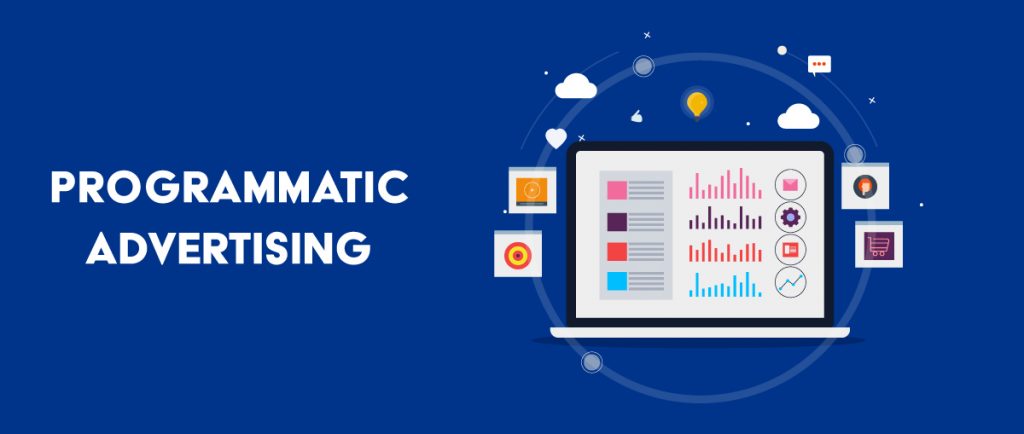Industry leaders launch programmatic TV initiative
May 28, 2025

A coalition of leading industry players has launched A Roadmap for Programmatic TV in Europe — a five-point action plan to unlock growth, reduce fragmentation, and support the growth and development of programmatic TV across the UK, Germany, France, Italy and Spain.
To move the market forward, the members of the European Programmatic TV Initiative are proposing to:
1. Establish a cross-industry steering group to align efforts across broadcasters, agencies, platforms, and trade bodies.
2. Define and adopt a set of shared ‘North Star’ principles for quality, transparency, and interoperability in premium programmatic TV.
3. Launch a certification programme for premium programmatic partners to give buyers and sellers confidence that commercial and technical standards are being met.
4. Develop a set of shared components, assets and frameworks – core components – that can support adoption of programmatic trading, reduce duplicated effort, and fix the basics that still slow campaigns down.
5. Facilitate a collaborative, open and participatory model to support shared learnings, including support for live pilots across key markets to test how things work in real conditions.
Published by the European Programmatic TV Initiative (EPTVI) — backed by The Trade Desk, Google, OpenX, PubMatic, Equativ, Cadent, Magnite, and Adform — and supported by The Project X Initiative, the report sets out clear, practical steps to fix the technical, operational, and commercial bottlenecks that still hold the market back.
Built on insights from more than 100 senior stakeholders across Europe’s TV and advertising ecosystem, the roadmap outlines concrete steps to build trust, interoperability, and scale. It also calls for stronger alignment between broadcasters and buyers, arguing that a more connected ecosystem is essential to unlock the commercial and operational benefits of programmatic TV.
The proposals are being taken forward into Stage Two of the initiative, which launches this summer, with support from an Industry Steering Committee involving key industry participants from across the European market.
“This report is not a theoretical exercise,” asserted Jon Watts, Executive Director of The Project X Initiative. “It sets out a series of practical proposals designed with and for the industry, focused on reducing friction, joining up fragmented systems, and making programmatic TV easier to buy and sell. The proposals are designed to give commercial broadcasters, advertisers and technology providers the confidence to move forward. It’s about turning intent into action.”
“There is progress across Europe, but too much of it is happening in silos,” added Ian Maude, Co-Founder of The Project X Initiative. “This roadmap is about connecting the dots and building something that scales for the benefit of all.”
The report comes at a time when TV audiences are shifting rapidly to connected and on-demand environments, creating opportunities for programmatic sales and execution. However, adoption has been relatively slow, when compared to some other regions, due to misalignments with existing TV ad sales models and regulatory requirements, uncertainties about the commercial benefits, and concerns about sovereignty, control, data and measurement. In particular, aligning disparate sales and execution models can be challenging, making it harder to optimise delivery, measure results, and ensure satisfactory delivery against the expectations of buyers.
The five recommendations reflect the recognition that Europe’s broadcasters need to collaborate to support the development of a programmatic ecosystem that meets the needs of buyers and sellers. Each market may differ in structure and regulation, but greater technical alignment and shared approaches are essential to reduce duplication, improve execution, and unlock investment.
“The digital transformation of TV means every broadcaster now has a digital ads business,” noted Justin Gupta, Head of Broadcast & Video Ads, EMEA at Google. “Although riding two horses can be challenging, this shift opens the door to new buyers and richer targeting. Standardising and automating workflows is critical — it’s how we enable the next wave of innovation in TV advertising.”
The Initiative’s Stage One report sets out what’s at stake. For broadcasters, programmatic offers access to new demand—particularly from digital-first, regional, and retail advertisers. For buyers, it means better targeting, faster activation, and smoother integration with broader video strategies.
In markets such as Germany and the UK, variable pricing models and programmatic guaranteed deals are already helping broadcasters grow yield while maintaining commercial control. At the same time, advertisers benefit from sharper targeting, faster execution, and more integrated video strategies — factors that are becoming non-negotiable in a converged media environment.
Stage Two of the European Programmatic TV Initiative is all about implementation. During the summer, the EPTVI will move from planning to delivery, working with broadcasters, platforms, agencies and tech partners to put the roadmap into practice.
The Project X Initiative will coordinate cross-functional teams to lead the next stage of the initiative, supported by a pan-industry Steering Committee. Together, they will develop shared toolkits, define pilot programmes, and oversee the rollout of the 3Ps Programme — a new certification scheme to identify premium programmatic partners that meet agreed technical and commercial standards.
Live pilots will begin in key markets later in 2025 to test interoperability, expose integration gaps, and build confidence in shared execution models. The roadmap will be supported by an Industry Summit in Autumn 2025, where EPTVI members and wider stakeholders will come together to assess progress and align on next steps.
Other posts by :
- Hughes Satellite facing cash crunch
- Major banks support AST SpaceMobile
- Fitch downgrades DirecTV debt
- Some new US Starlink subs face $1,000 start-up fee
- Project Kuiper beating OneWeb
- OQ Tech gets Luxembourg 5G-by-Sat concession
- Roskosmos: Heads roll, launch project scrapped
- MDA under pressure over satellite order
